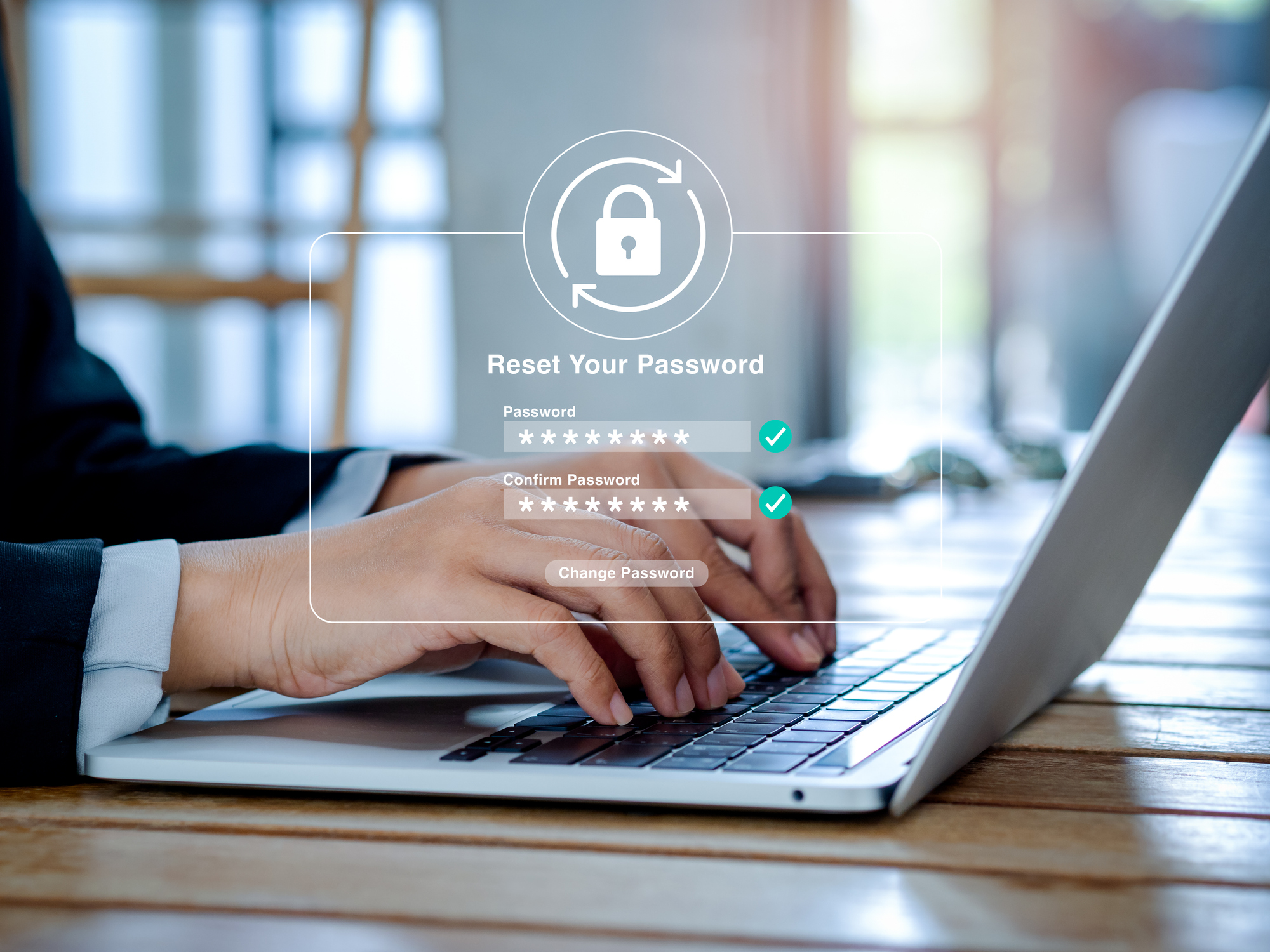How to Recover From a Scam
Last Updated
August 21, 2025
Written By
Family First FCU
Scams are intentionally deceptive and often hard to detect. They’re designed to trick people into giving up money or sensitive information through methods like phishing emails, fake advertisements, ransomware, or even deep fakes. The consequences can be serious, ranging from emotional distress and reputational damage to financial loss and identity theft.
If you’ve had a suspicious interaction or suspect you’ve been scammed, it’s important to act quickly. While the situation can feel scary, don’t panic. Here are the steps you can take to recover from a scam and protect yourself in the future:
1. Stop Communication
The moment you suspect a scam, cut off all contact with the scammer. Scammers rely on ongoing interaction to further manipulate victims. Continuing the conversation gives them more opportunities to deceive you or even escalate the situation.
Stop replying to messages, answering calls, or clicking on any additional links they send. If you’ve been communicating through social media, messaging apps, email, or by phone, block the sender right away. This helps limit exposure and prevents further emotional stress or confusion.
If you’ve given out your phone number or email address, be on the lookout for follow-up scams or phishing attempts.

2. Check for Malware
If you clicked a suspicious link or downloaded a file from an untrusted source, your device may have become infected with malware. Malware can secretly collect personal data, monitor activity, or give remote access to a scammer.
Signs of Malware:
- Unexpected pop-ups or slow device performance
- Unusual charges or behavior on personal accounts
- New apps or programs appearing on your device that you didn’t install
How to Protect Yourself:
- Disconnect the device from the internet to limit further exposure
- Run a full system scan using reputable/trusted antivirus or anti-malware software
- Remove any detected threats
- Keep antivirus software up to date to catch future threats early
- Avoid logging into sensitive accounts until your device is confirmed to be safe

3. Change Your Passwords
If you’ve shared login credentials or entered them into a suspicious website, it’s critical to update your passwords immediately. Start with your most important accounts first!
- Email – This is often the gateway to reset passwords for other services.
- Banking / Financial Services – To prevent unauthorized access or fraudulent transactions.
- Social Media / Shopping Platforms – These can be used to impersonate you or make unauthorized purchases.
Tips for Updating Passwords:
- Choose strong, unique passwords that you haven’t used before
- Use a combination of letters, numbers, and symbols
- Consider enabling two-factor authentication (2FA) wherever possible for
extra protection - Use a password manager to securely store and generate complex passwords
- If the same password is used across multiple accounts, update them all

4. Ask for Help
Realizing you’ve fallen victim to a scam can be overwhelming, upsetting, and even embarrassing, but it’s important to remember that it can happen to anyone. Reach out to people you trust for support and guidance. This could be a family member or close friend, a colleague or supervisor (especially if it involves work-related systems), or a mental health counselor if the experience has had a strong emotional impact. Talking to someone about your experience can help relieve the stress and shame that is often associated with scams. They may also help you navigate the next steps and help in reporting or recovering from the incident. Don’t suffer in silence – seek help.
5. Report the Incident
Reporting the scam helps protect others and may aid in recovering lost assets or restoring access to compromised accounts.
Where to Report Scams:
- Law Enforcement – For serious scams involving large amounts of money or identity theft, file a report with your local police.
- Bank / Credit Card Company – If you sent money or shared financial information to a scammer, your bank or financial institution may be able to stop transactions or issue a refund.
- Your Workplace – If a scam occurred while using work equipment or accounts, notify your supervisor and IT team immediately. They may have protocols to secure systems and protect other employees.
- The Affected Platform – Contact customer support and email providers, payment apps, marketplaces, etc.
6. Give Yourself Grace
Anyone can fall for a scam – it’s not a reflection of your intelligence or character.
Scammers are skilled manipulators who exploit trust, urgency, and fear. Take a moment to pause, breathe, and reflect. Work through the steps above one at a time – each one brings you closer to recovery and peace of mind.
